All you ever wanted to know about recording your electric guitar amplifier with microphones, but were afraid to ask !
The ultimate guide about modulation effects
Welcome to this article dedicated to an entire category of effects: modulation effects! These effect pedals generally work just as well on guitar as they do on bass, keyboards, and synthesizers. They are typically used to create a sense of movement in the sound, a regular variation that can be smooth or extreme… in short, a modulation. Today, I’ll introduce you to the three most well-known modulation effects and their differences: the phaser, the chorus, and the flanger!
1. The phaser : smooth and subtle
The phaser is historically the first of the three modulation effects presented here. The first phaser was the Univibe by Shin-Ei, though it was labeled as a chorus/vibrato, which isn’t particularly helpful for classification. The first pedal to truly bear the name "phaser" was the MXR Phase 90, manufactured since 1974. Although the Univibe produces a strong pulsing effect reminiscent of Leslie rotating speaker cabinets, most phasers on the market are relatively subtle. The phaser’s sound is characterized by a kind of movement where certain frequencies seem to disappear. This effect is even more noticeable on distorted sounds and was notably used by Eddie Van Halen. Listen to "Eruption" in the link below: at first, the guitar has no modulation effect, but after 47 seconds, it kicks in. You can hear a swirling movement in the sound, particularly on sustained notes - such as the final note.
On a technical level, the name "phaser" comes from the fact that this effect creates a copy of your instrument’s signal while slightly delaying certain frequencies. When this copy is combined with the original signal, frequency "notches" appear where the two signals cancel each other out, and "peaks" where they reinforce each other. The more "stages" a phaser has, the more notches and peaks are present at different frequencies, making the effect more pronounced.
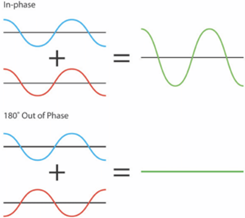
Source : unison.audio
2. The chorus : choir-simulator
The chorus effect emerged shortly after the phaser, in 1976, with the Boss CE-1. This legendary chorus pedal, used by almost everyone, was actually extracted from the equally iconic Jazz Chorus amplifier, released in 1975. Some famous users include James Hetfield (Metallica), Andy Summers (The Police), Mike Rutherford (Genesis), John Frusciante (Red Hot Chili Peppers)… the list goes on. The goal of the chorus is not just to create a sense of movement but to make the sound feel doubled! Listen to the intro of "Come as You Are" (Nirvana), where Kurt Cobain uses an Electro-Harmonix Small Clone to achieve that almost liquid sound.
Unlike the phaser, which only slightly delays certain frequencies, the chorus applies a more significant delay to the entire signal. As a result, all frequencies are affected, eliminating subtle peaks and notches in favor of a full duplicate of the instrument’s sound. To prevent the effect from sounding too static, the chorus modulates the delay time of the copy relative to the original, altering the pitch of the note! Typically, you can adjust the speed and depth of this modulation. Again, the chorus effect occurs when the original and modulated copies are blended, but if you isolate only the modulated copy, you get… a vibrato! This is the pitch variation heard in Matthew Bellamy’s guitar on "Euphoria," contributing to the synth-like sound he achieves.
3. The flanger : metallic resonances
The Electro-Harmonix Electric Mistress, released in 1976, was the first flanger pedal on the market! Previously, this effect was only available in bulky 19-inch rack units. Structurally, the flanger is very similar to the chorus but uses a shorter delay time. While this initially makes the effect more subtle, its real strength lies in its resonance: the flanger produces an extremely metallic sound! David Gilmour frequently used an Electric Mistress "v2" with Pink Floyd, but for me, Andy Summers made the best use of it, creating a "metallic chorus" effect. Listen to the intro of "Walking on the Moon"! In my opinion, the flanger is the ultimate modulation effect.
This metallic effect comes from the way the circuit is designed. Instead of simply duplicating the instrument’s sound once, the flanger feeds its own copy back into the delay system. This creates resonance, which can quickly spiral out of control if the circuit isn’t well-designed! Many flangers, therefore, include a resonance control to adjust the intensity of this effect.
As you can see, the three main modulation effects discussed here all rely on blending the original instrument signal with a more or less delayed version of itself. However, the differences are striking! Whether you prefer the creamy smoothness of the phaser, the liquid effect of the chorus, or the metallic tone of the flanger, there’s bound to be a modulation effect that appeals to you. These effects are typically placed after distortions and before time-based effects, but that’s not a strict rule! There are also other modulation effects that I’ll cover in a future article. Stay tuned, and feel free to leave any questions in the comments!




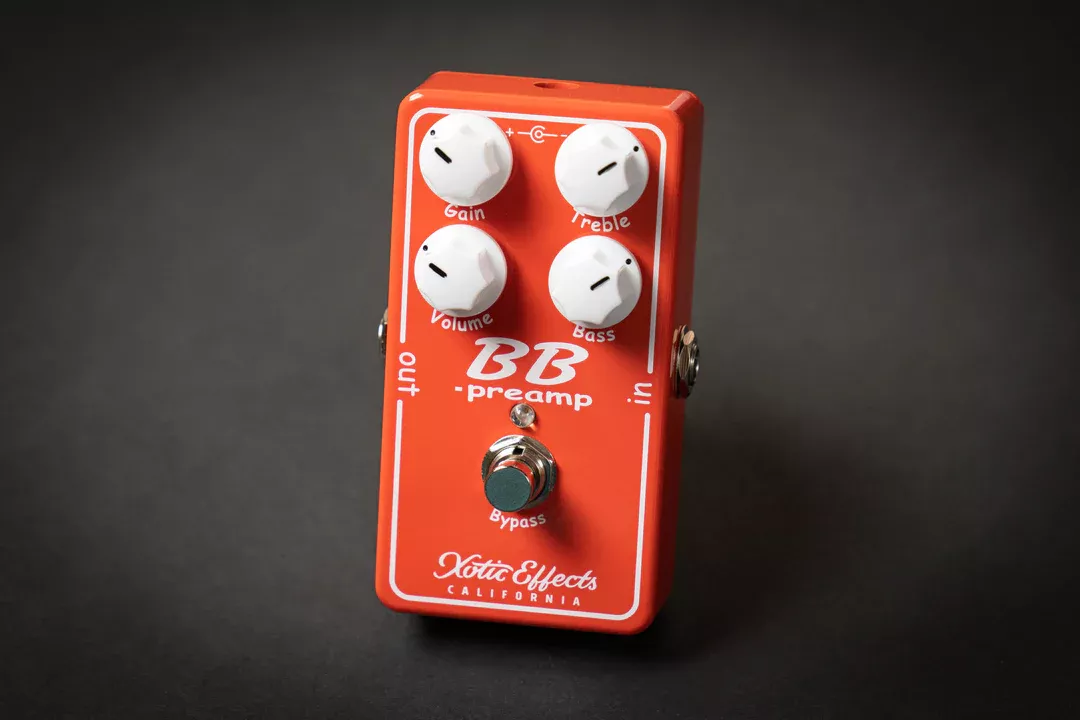

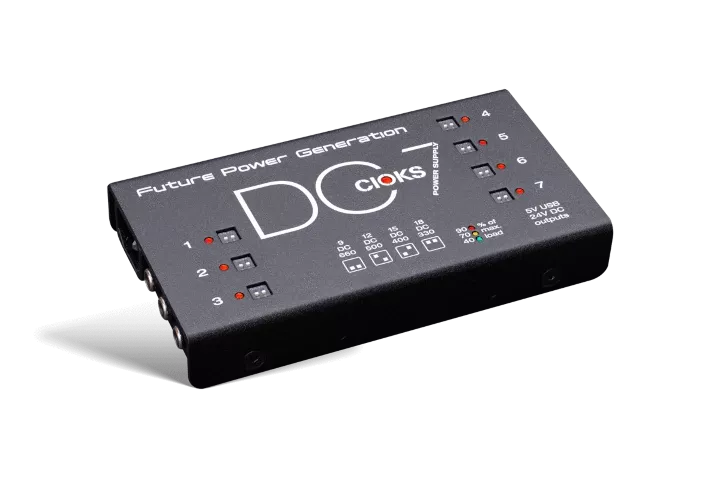
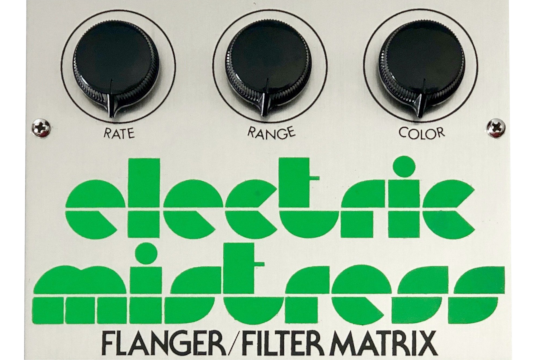
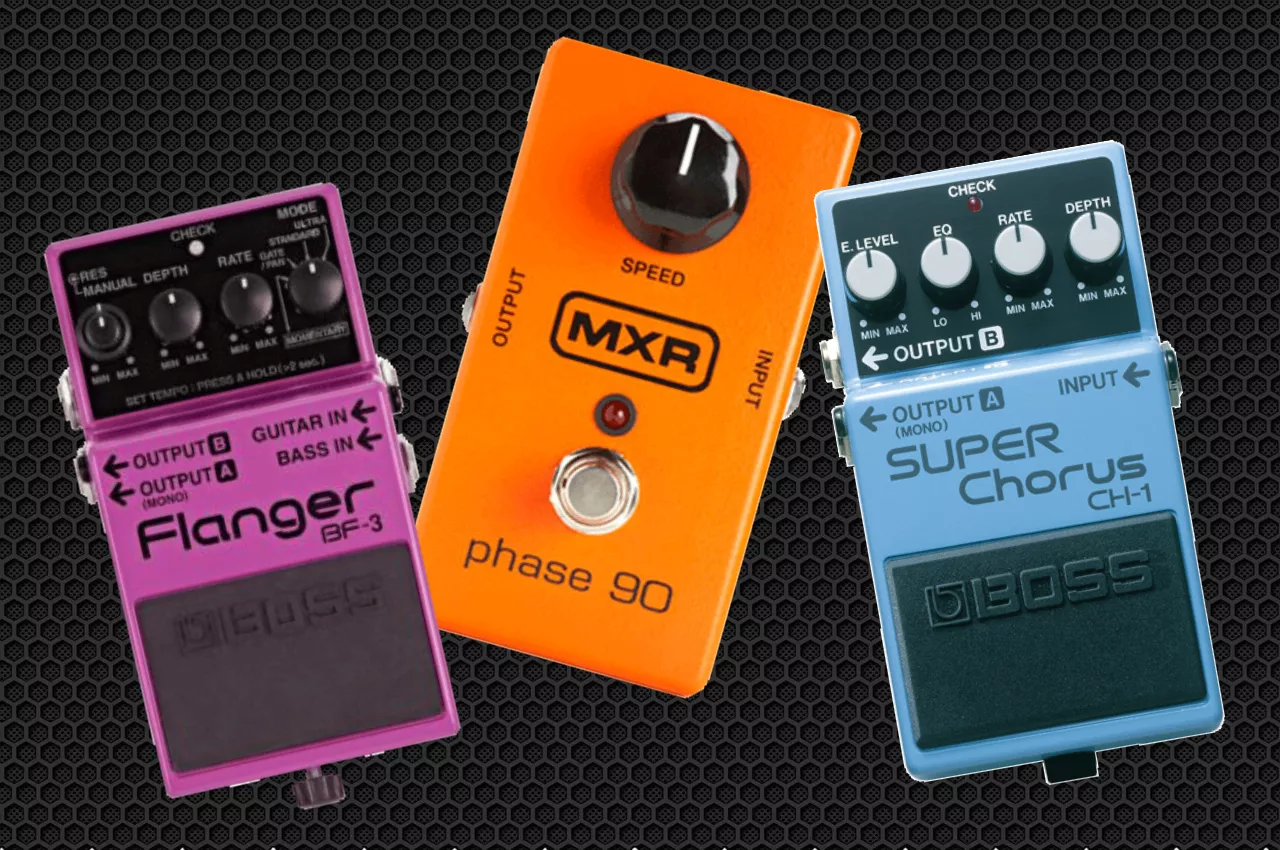
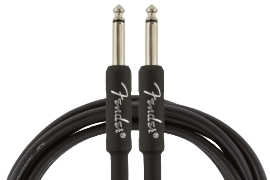
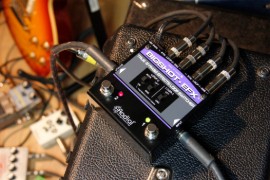
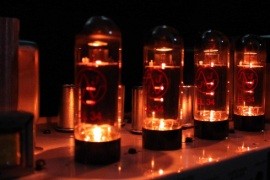

Leave a comment